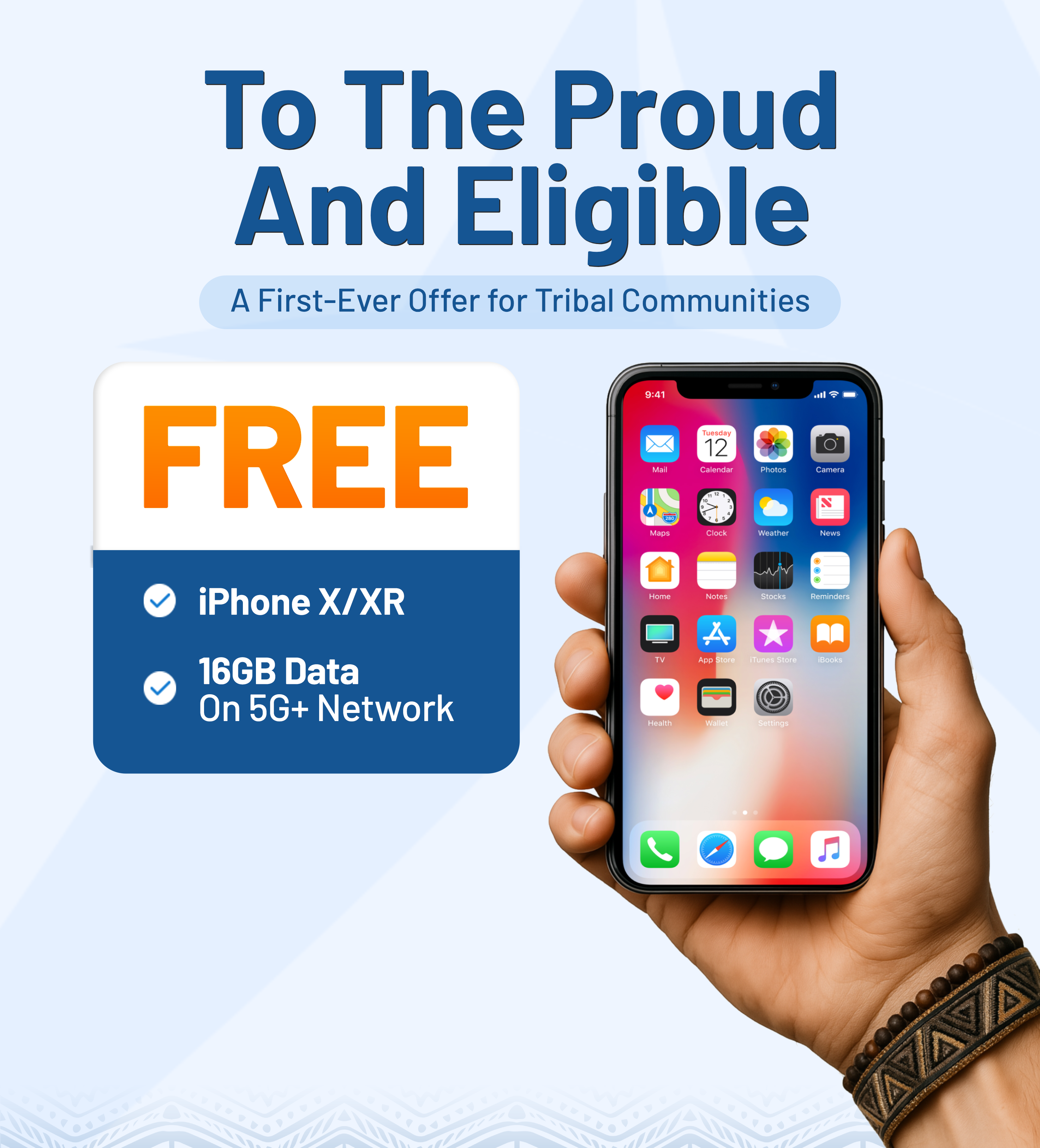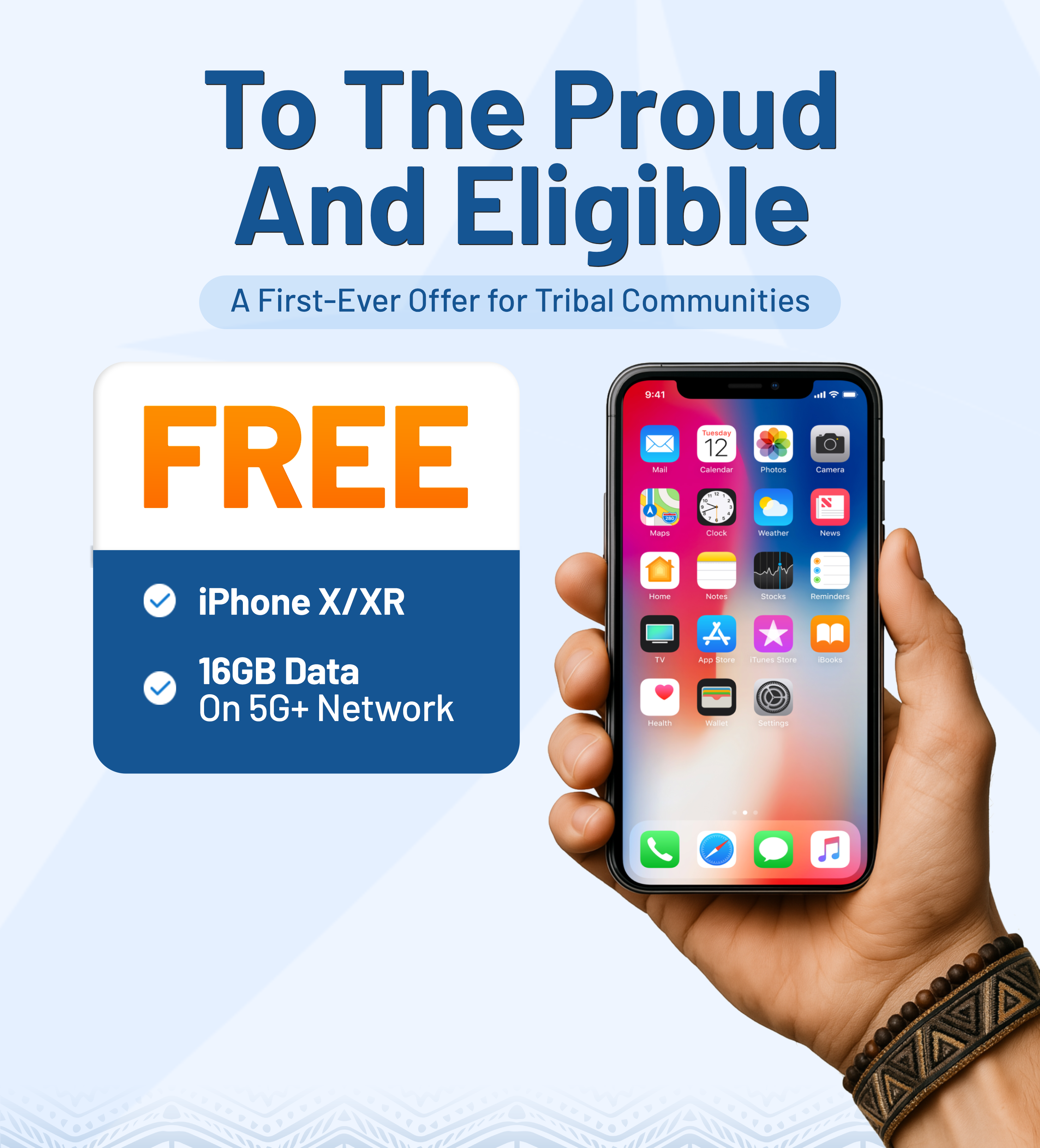In the modern world where everyone seems to have their own cell phone device and a seamless connection to the virtual sphere, the fact that 2.6 billion people around the world are entirely disconnected from the internet may dawn on many as a huge surprise. Especially after the unexpected invasion of Covid-19, the digital divide keeps expanding and affecting countless people in various walks of life. So, what is digital divide, who is most affected by it and is any plan being implemented to deal with this issue?
Find out more with us below.
1. What Is Digital Divide and Its Origin?
What is digital divide in simple words? Digital divide means the gap between people who are connected to modern information and communication technology (ICT) and those who lack access. This imbalance is reflected most clearly in urban and rural areas, between the educated and poorly educated, and between countries with higher and lower levels of industrial development.
“Digital divide” started to become a well-known term in the 1990s. It originally referred to the disparity between individuals with and with no telephone access.
However, after the rise of the internet, the term derailed from its preceding meaning and became more related to the broadband or wireless connection.
Even among populations with some access to technology, the digital divide can be evident in the form of lower-performance computers, lower-speed wireless connections, lower-priced internet use connections such as dial-up and limited access to subscription-based content.

2. 3 Types of Digital Divide
The causes of digital divide were previously deemed underdevelopment and seen as something that would fade over time following the pervasiveness of technology. However, in spite of mass marketing promotions, the divide remains today.
So what are the three types of digital divides? Here’s a quick breakdown on the main kinds of digital divide today:
Economic divide
The digital divide formed its shape when some people cannot afford a computer or a smartphone. In advanced countries of Europe, America, Asia, and Australia, purchasing a computer is no longer a problem. Meanwhile, in other parts of the world, having a cell phone is already out of reach, let alone smooth access to the internet.
Even in a developed nation like the US, their rural areas reported that 1 in 4 rural Americans do not have broadband internet access. This is one of the most major problems in their community.
Gender divide
According to a report, the internet gap based on gender is strikingly visible, especially in developing countries. Male in low-income nations are still 90% more likely to have a mobile phone compared to female.
This was said to be one of the reasons why fewer girls are exposed to, hence taking interest in STEM careers.
Usage divide
Another type of digital divide results from the lack of sufficient skills to use ICTs, whether for professional or personal purposes. For example, many find making a reservation or connecting to online banking extremely complicated.
While the reason for this may come from old age, physical disabilities, or the late exposure to digital aspects, some individuals simply cannot exploit the available software and hardware.
3. Who Is Affected By The Digital Divide?
Who is most affected by the digital divide? Opportunities for education, employment, healthcare, and social engagement are becoming increasingly reliant on digital tools and connectivity.
While the access disparity is a huge liability for various groups of people, these may be the ones who suffer the most without the internet equality:
Students
What is digital divide and its impact on students? A report by Common Sense Media and Boston Consulting Group (BCG) stated that nearly 55% of disconnected students in the US came from Hispanic, Black, and Native American families. Also, 50% of unconnected students were from households earning less than $50,000 annually.
In rural areas like Alabama, Oklahoma, Arkansas, and Mississippi, a lot of students could not afford digital devices or reliable wireless access.
It’s unavoidable that they would miss out on valuable opportunities to advance their study path or partipate in self-development, skill-development courses.
Moreover, in times of need such as the pandemic, virtual classes are very essential. They may come across barriers while learning, doing schoolwork, and remote learning in general.

Elderly people
Older adults often struggle to adopt new technology. This may be due to a lack of familiarity or discomfort with digital tools.
Limited digital literacy can also create barriers. As a result, seniors may face challenges in accessing healthcare, social services, and communication channels.
>>> Related post: Best Free Cell Phones For Seniors & How To Get Them
Workforce & employers
Technology is moving at a fast pace and every employee and employer needs to master technology skills to advance in the workplace. Without access to computing devices and the internet, business competitiveness and efficiency will worsen.
People with disabilities
Individuals who have disabilities are at a disadvantage when apps, websites, and devices are not fully accessible. This lack of access can lead to exclusion from educational opportunities, job applications, healthcare information, and social interaction.
Ensuring digital accessibility is key to creating equal opportunities for individuals with disabilities.
4. Can We Bridge The Digital Divide?
Why is digital divide a problem? The longer the issue persists, the more serious gap it leaves between people in various communities. To bridge the divide, a lot of campaigns have been implemented.
Lifeline Program

A federal program that addresses this issue is the Lifeline Program. The initiative offers discounted phone plans and internet services to eligible low-income individuals. For example, the discount is $9.25 for low-income subscribers. For those living in Tribal lands, they may get an enhanced discount of up to $34.25 per month.
Qualified participants of Lifeline usually have income at or under 135% of the Federal Poverty Guidelines; or if they are participating in certain government assistance programs (SNAP, Medicaid, SSI, etc.). To apply for this program, you need to find a trustworthy service provider who will be the bridge between you and the government.
For example, you can apply via AirTalk Wireless by submitting necessary documents and wait for the final approval.
Lifeline aims to make sure that everyone can stay connected regardless of their income. By making communication more economical, the Lifeline program can help bridge the gap and allow more individuals to access their opportunities.
For those uninitiated, ACP (Affordable Connection Program) was another federal program with the same aim. However, after it was winded down in June 2024, Lifeline remains the only initiative that offers subsidized phone servies at the moment.
Wi-Fi Partnerships
Decreasing internet usage gap is the main goal of Wi-Fi partnerships.
For example, the Tizeti and Eutelsat Partners uses community satellite broadband to bridge the digital divide in Nigeria. Besides, Cisco Systems and Merit Network is also a partnership that worked to narrow the digital divide in southeastern Michigan.
Project Kuiper
The Project Kuiper initiative’s goal is to increase global wireless access via a constellation of more than 3,000 satellites in low Earth orbit. Their mission is to provide fast, affordable broadband to unserved and underserved communities around the globe.
Linux4Afrika
Linux4Africa works with an aim to bridge the digital divide between developed and developing nations, focusing on Africa. The organization gathers used and discarded computers in Germany and equips them with Ubuntu, a free and open-source operating system.
Additionally, the Terminal Server Project is implemented to help support educational institutions, hospitals, and other essential facilities with digital tools and access.
Another project from Linux4Africa is Linux Terminal Server Project (LTSP), a free and open-source terminal server that lets several people use the same computer at the same time.
This technology has proven to be handy in schools as pupils have better access to computers without having to purchase or upgrade costly desktop machines.
Final Words
The day the questions of “What is digital divide” or “Who is most affected by the digital divide” became less concerning may seem far off. However, countless campaigns are still on the rise to address this issue. There is no doubt that closing this divide is essential for a more inclusive and equitable future, especially as technology becomes an increasingly central part of our life.



Customer Reviews (1)
I’m already a customer of airtalk, am I eligible for an iPad, I’m already on lifeline?